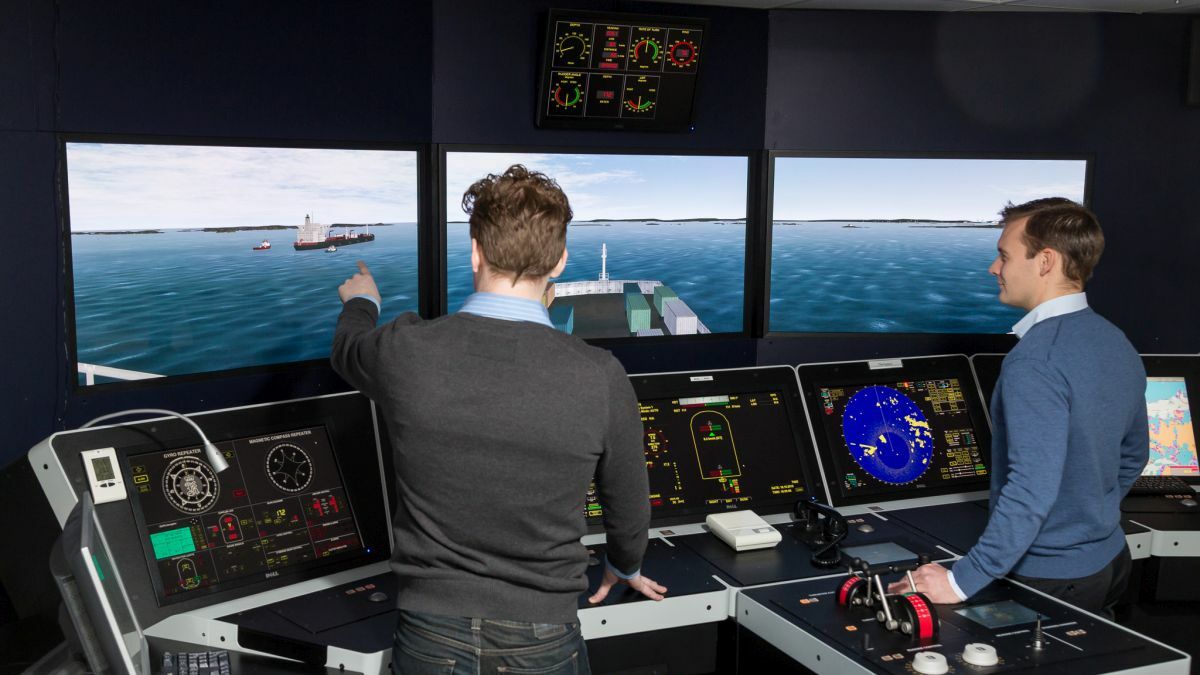Ship Electronic Navigation is an essential aspect of modern ship navigation, providing advanced tools for position fixing, route planning, and collision avoidance. As a deck navigation officer of a commercial ship, it is essential to have a strong understanding of electronic navigation systems to ensure safe and efficient ship operations. In this response, we will explore the key aspects of ship electronic navigation.
Global Navigation Satellite Systems (GNSS): Global Navigation Satellite Systems (GNSS) such as GPS, GLONASS, and Galileo provide highly accurate positioning information that is essential for ship navigation. The navigation officer must be familiar with the use of GNSS systems and understand their limitations and potential sources of error.
Electronic Chart Display and Information System (ECDIS): Electronic Chart Display and Information System (ECDIS) is a computer-based navigation system that provides real-time information on the vessel’s position, course, and speed. The navigation officer must be trained in the use of ECDIS and understand the system’s limitations and potential sources of error.
Radar: Radar is a critical tool for collision avoidance, providing real-time information on the position and speed of other vessels and obstacles in the vicinity of the ship. The navigation officer must understand how to interpret radar information and take appropriate action to avoid collisions.
Automatic Identification System (AIS): Automatic Identification System (AIS) is a system that allows ships to exchange information on their position, course, and speed with other vessels in the vicinity. The navigation officer must understand how to use AIS to maintain situational awareness and avoid collisions.
Voyage Data Recorder (VDR): Voyage Data Recorder (VDR) is a device that records information on the vessel’s position, speed, and other critical data. The navigation officer must understand how to use VDR data to analyze and improve ship operations and respond to incidents or accidents.
In summary, electronic navigation is a critical aspect of modern ship navigation that provides advanced tools for position fixing, route planning, and collision avoidance. By mastering electronic navigation systems such as GNSS, ECDIS, radar, AIS, and VDR, navigation officers can ensure the safe and efficient operation of their vessels.

